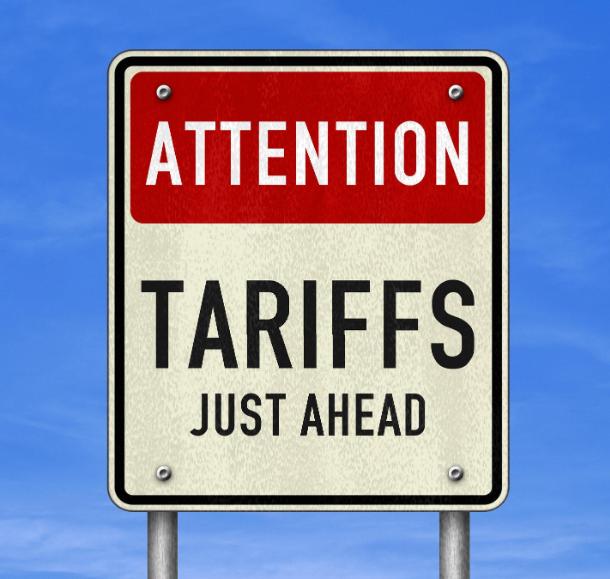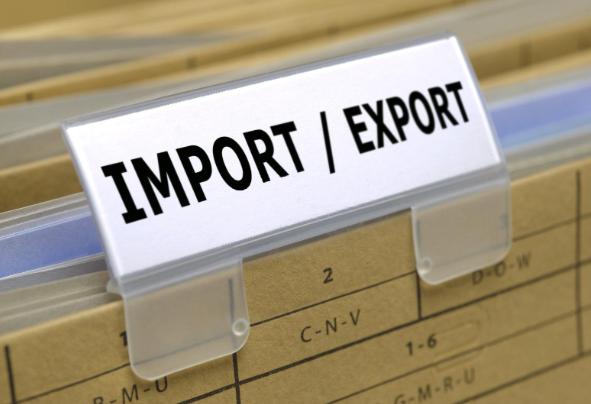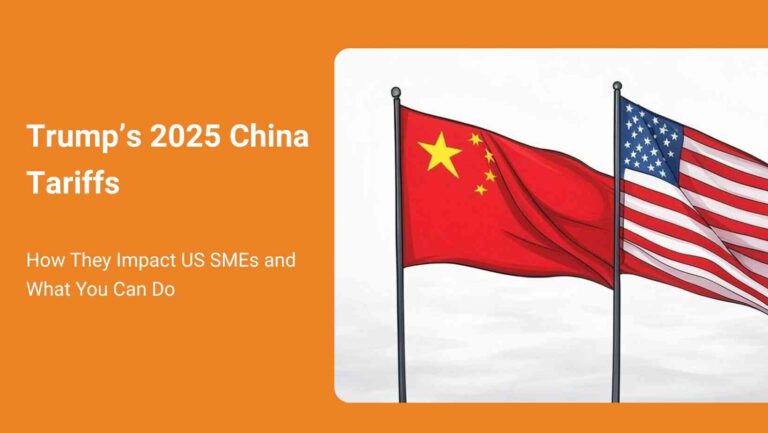On April 2, 2025, President Donald Trump unveiled a sweeping tariff policy targeting Chinese imports, escalating rates to a hefty 54% (20% existing + 34% new), effective April 9, 2025.
For small and medium-sized enterprises (SMEs) in the US, this marks a pivotal shift, raising a critical question: How will this affect my business, and how can I stay competitive?
As a China-based sourcing agent at Nichesources, we’re here to guide you through this new landscape. This article explores the policy’s background, its specific impacts on SMEs, the risks and opportunities it presents, and actionable strategies to thrive—highlighting why sourcing from China remains a smart move, with potential savings of up to 30%.
Understanding the U.S. Tariff Policy

Tariff Rates and Structure
The 2025 tariff hike builds on existing trade tensions, aiming to address trade imbalances and non-reciprocal practices. Starting April 9, 2025, Chinese goods face a 54% tariff, a steep increase from the prior 20%.
Other countries aren’t spared: Vietnam faces 46%, Taiwan 32%, Japan 24%, India 26%, and Mexico 20%. The removal of the de minimis exemption—previously allowing duty-free imports under $800—means even small shipments now incur costs.
The U.S. tariffs exceed prior expectations (e.g., asymmetry below 20% when factoring VAT), reflecting a comprehensive approach by the Commerce Department to include non-tariff barriers like market access restrictions, subsidies, and wage suppression. Key rates include:
- China: 34% (plus existing 20%, totaling 54%)
- Vietnam: 46%
- Taiwan: 32%
- Japan: 24%
- India: 26%
- Mexico: 20%
- Baseline: 10% on all countries
Exemptions
Certain goods escape these tariffs:
- Live fish
- Timber
- Products not under Section 232 tariffs
- Gold
- USMCA-compliant goods (0% tariff, though non-compliant goods face 25%, potentially rising to 37% if USMCA ends)
Implementation and Context
Effective April 9, 2025, the policy eliminates the de minimis exemption, previously shielding low-value imports from duties. Market reactions underscore its gravity: Nasdaq futures dropped 4.3% and S&P 500 futures fell 3.5% by 6:30 AM Beijing time, signaling a risk-off sentiment.
How Do the Tariffs Impact SMEs?

The 54% tariff on Chinese goods hits SMEs hard, particularly those sourcing electronics, apparel, or tools. Here’s a detailed look at the challenges and opportunities:
Challenges
- Rising Costs: A $10,000 shipment from China now carries an extra $5,400 in tariffs, eroding profit margins.
- No More De Minimis: Small shipments, once exempt, now face duties and paperwork, increasing operational costs.
- Market Volatility: The S&P 500’s 3.5% drop signals short-term instability, potentially disrupting supplier relationships or financing.
- Consumer Pressure: Higher costs may force price increases, risking customer loss to cheaper alternatives.
Opportunities
- Diversification Options: Lower tariffs in Vietnam (46%) or Mexico (20%) offer alternatives, though still elevated.
- Domestic Demand: Tariffs could boost demand for US-made goods, letting SMEs pivot to local sourcing or marketing.
- China’s Edge: Partnering with a sourcing agent like Nichesources can cut costs by up to 30% through negotiation and optimization.
Key Takeaway: While costs rise, China’s manufacturing scale, innovation, and cost efficiencies remain unmatched. Strategic moves—like bulk ordering or focusing on exempt goods (e.g., timber, gold)—can soften the blow.
Who’s Affected by the Ripple Effects?
The tariffs’ impact extends beyond SMEs, reshaping the broader supply chain:
- Brands: Companies reliant on China face cost hikes but can leverage “Made in USA” branding or optimize OEM deals.
- Importers/Exporters: Importers bear immediate cost increases; exporters to China risk retaliatory barriers. Diversifying to Mexico or Canada (potentially exempt under negotiation) could help.
- Distributors/Retailers: Rising inventory costs strain operations, but efficient suppliers keep goods flowing.
- Consumers: Higher import prices may shift demand to domestic products, benefiting adaptive SMEs.
These ripples create risks but also open doors for innovation and market repositioning.
Why China Still Shines as a Sourcing Hub

Despite the 54% tariff, China’s procurement advantages endure:
- Unrivaled Manufacturing: China’s vast factory network and logistics ensure rapid, scalable production.
- Cost Savings: Bulk orders and negotiations can yield discounts—our clients have secured 20% off, offsetting tariffs.
- Innovation Leader: From smart tech to sustainable materials, China drives product development, keeping your offerings competitive.
Data Insight: US-China trade reached $2.2 trillion in 2024 (Reuters), underscoring China’s resilience. With Nichesources.com, savings of up to 30% are within reach.
Here’s how SMEs can transform challenges into opportunities, leveraging our solutions:
1. Audit Your Supply Chain
Evaluate costs under the 54% tariff to identify weak points. Use Nichesources’ Quick Quote to explore cost-saving options tailored to your needs.
2. Embrace Bulk Ordering
Negotiate lower per-unit costs to offset tariffs. Our customization services add unique value to bulk orders, helping justify price increases while maintaining customer loyalty. Nichesources excels at managing customized bulk solutions.
3. Target Exempt Goods
Shift focus to tariff-free items like timber or gold, or USMCA-compliant products. Our product development services help you innovate tariff-resilient goods, aligning with market demand while dodging duties.
4. Partner with a Sourcing Agent
Save up to 30% with Nichesources. We handle factory audits, quality control, and logistics.
5. Leverage Innovation
Source cutting-edge, high-value products from China to stand out. With private labeling and product development from Nichesources, you can launch market-ready solutions that navigate tariff complexities.
6. Adapt to Customs Changes
With de minimis eliminated, prepare for duties on all shipments. Our freight forwarding services streamline logistics, cutting costs and ensuring timely delivery while meeting new customs requirements.
7. Stay Flexible
Track trade updates—tariffs linked to deficit talks may evolve, offering future relief. We’ll keep you informed and adaptable.
The Broader Outlook
The White House predicts 2.8 million jobs and $728 billion in growth, but short-term hurdles loom. Falling Treasury yields and stock futures suggest tighter credit for SMEs, while China’s potential retaliation adds uncertainty. Yet, China’s manufacturing dominance and cost advantages remain compelling. SMEs that adapt—through bulk deals, innovation, or expert sourcing—can emerge stronger.
Conclusion: Turning Tariffs into Opportunities
Trump’s 54% China tariffs, effective April 9, 2025, pose real challenges for SMEs—higher costs, supply chain shifts, and market volatility. But they also offer chances to diversify, innovate, and optimize. At Nichesources.com, we’ve helped clients save 30% by refining their China sourcing strategies. Whether you need cost-saving solutions or reliable manufacturers, we’re here to transform tariffs into your competitive edge.
Ready to act? Click here for a free consultation to get started. Let’s make China sourcing work for you.

